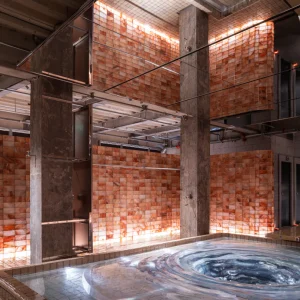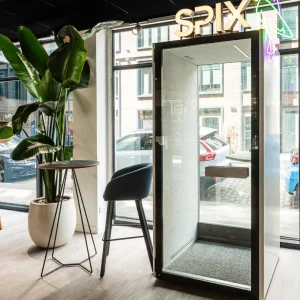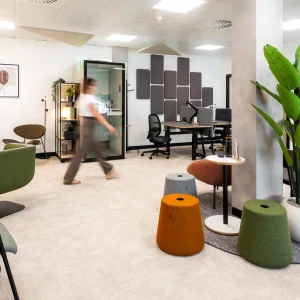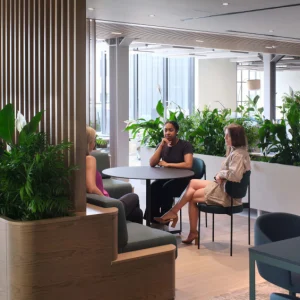The design of the temple drifts from the traditional architecture of the temples, and is based on the concept of reincarnation as the beginning and ending path followed by the worshipers occur at the same point. Mobius ring is used as the metaphor of reincarnation in this design with the inner surface and outer surface meeting at the same point seamlessly.
Designed in sync with the Buddhist philosophy, the new temple is a freestanding building that is composed of a gentle core of ribbons wrapped in elegant etched glass. The designer has designed it in a way that, when both the exterior and interior ribbons meet, it creates a sense of the cyclic interconnectivity.
The spiral forms also aid in providing ventilation for the building. The glass facade bathes the inner spaces with natural light. The building rises from a lotus pond, which adds to its beauty. The temple has a total area of 1,200 square metre.
The traditional form of a Buddhist temple consists of a stupa or a pagoda, a central spire around which worshippers are supposed to circumambulate, and cloisters to house the monks and their offices. The new temple is designed as a contemporary interpretation of the classic design.





